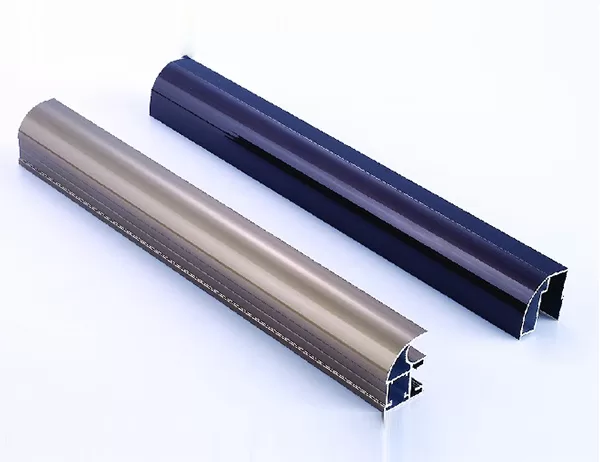In the realm of electronics, dissipating heat efficiently is crucial to prevent overheating and maintain optimal performance. Aluminum heat sinks have emerged as a popular solution due to their excellent thermal conductivity, lightweight, and cost-effectiveness. Understanding how aluminum heat sinks work and their applications provides valuable insights for optimizing electronic cooling systems.
Enhanced Heat Transfer
Aluminum heat sinks enhance heat transfer by increasing the surface area available for heat dissipation. The fins or ribs on the heat sink provide extended surfaces for heat to escape, effectively increasing the rate of convection and radiation. The increased surface area also allows for more efficient air or liquid cooling, further improving heat removal.
Efficient Heat Dissipation
Aluminum’s high thermal conductivity ensures efficient heat transfer from the electronic component to the heat sink. The thermal conductivity of aluminum is approximately 237 W/mâ‹…K, enabling rapid heat conduction and dissipation away from the sensitive electronics. By reducing thermal resistance, aluminum heat sinks help maintain optimal operating temperatures for electronic devices.
Passive and Active Cooling
Aluminum heat sinks can operate passively or actively. Passive heat sinks rely on natural convection and radiation to dissipate heat. They are typically used in low-power applications where noise and power consumption are not critical. Active heat sinks incorporate fans or liquid cooling systems to enhance heat transfer and are employed in high-power electronics or devices operating in high-temperature environments.
Versatility and Adaptability
Aluminum heat sinks offer versatility and adaptability to suit diverse electronic cooling requirements. They can be customized in terms of size, shape, and fin density to accommodate specific cooling needs. Heat sinks can be integrated into electronic enclosures or directly attached to the heat-generating components, providing flexibility in design and installation.
Applications of Aluminum Heat Sinks
Aluminum heat sinks find applications across a wide range of electronic devices, including:
– Computers and laptops
– Power electronics and converters
– Industrial and automotive electronics
– Telecommunications equipment
– Medical devices and instruments
Advantages and Considerations
Advantages:
– Excellent thermal conductivity
– Lightweight and cost-effective
– Versatility and adaptability
– Passive or active cooling options
Considerations:
– Requires proper surface preparation to prevent corrosion
– Can be susceptible to oxidation in certain environments
– May not be suitable for high-temperature applications with extreme thermal loads
Conclusion
Aluminum heat sinks play a critical role in dissipating heat effectively from electronics, ensuring optimal performance and reliability. Their high thermal conductivity, versatility, and cost-effectiveness make them a preferred choice for various applications. Understanding the principles and applications of aluminum heat sinks allows engineers to design and implement efficient cooling solutions for electronic devices.




